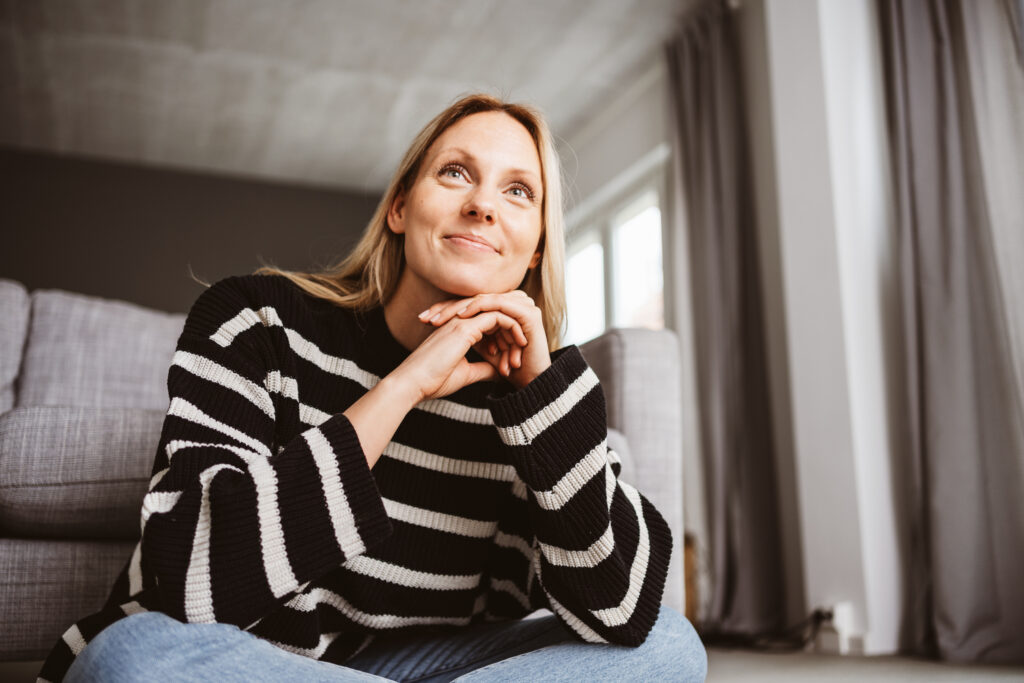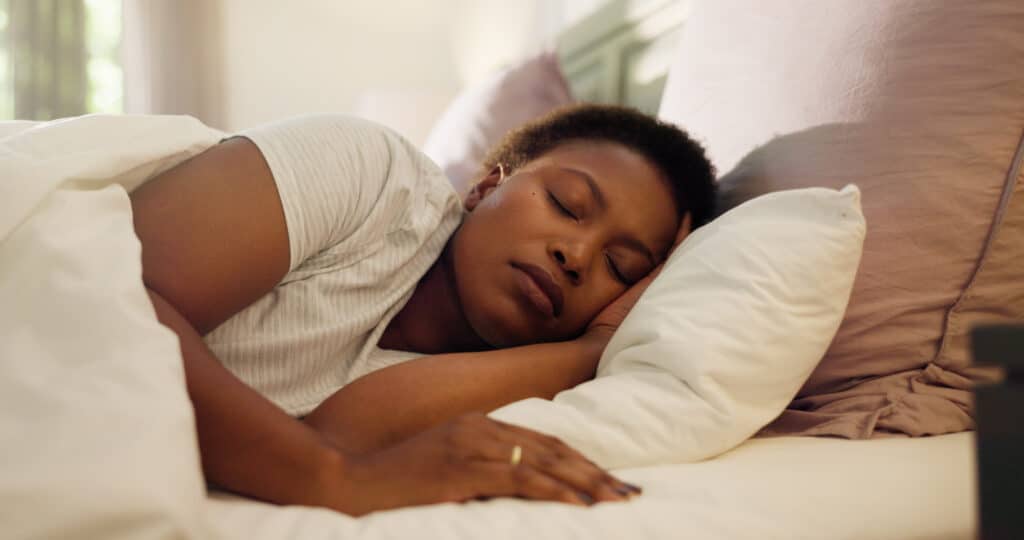Do you breathe faster when stressed or anxious? It’s a completely normal response. You might also notice your heart beats faster, and you start to sweat, too. This can be a good thing – most of the time.
When we feel anxious or under threat, our body triggers hormones to help us get ready for a fight. This is often called the “fight or flight” response. Or the “stress response.”
These instincts, or responses, helped our ancestors survive. And they still help us today. They help provide us with an extra burst of energy to catch the bus. Or finish a project right before a deadline. But what happens when our “stress response” is always on?
When we’re constantly under stress, these responses last well beyond our needs. They can lead to anxiety symptoms or an anxiety disorder. This can mean frequent panic attacks.
There is a way to use the power of breathing to get relief. By focusing on your breathing patterns, you can break free from your body’s stress response. But not all approaches to breathing are helpful. And some can actually worsen the stress response.
Types of breathwork
People use breathing to help with stress and anxiety in different ways. Some breathe deeply through the nose during yoga or martial arts. Others do meditative breathing to help lengthen their inhalation. Or they download breathing apps on their phone.
Exercises like these can be relaxing for some people. But they’re not always the most effective. And they can make panic symptoms worse. That’s because those with panic or PTSD symptoms can have a higher sensitivity to carbon dioxide. For people with this sensitivity, breathing too deeply can cause more panic and anxiety symptoms—not less.
How Freespira is different
Freespira is more than breathing exercises. Over 28 days, the treatment takes you through a series of guided breathing sessions with real-time visual feedback displayed on a tablet to help you learn what healthy breathing patterns feel like.
“I used to think I had no control over my breathing,” one Freespira patient shared. “This has taught me I do.”
At the end of the 28 days, there’s no need to use the device anymore. The new way of breathing simply feels natural, even in moments of stress.
“I have tried so many things and nothing has worked. Now when I get worked up, I take a break and concentrate on my breath,” said another Freespira patient.
Freespira may be covered by your insurance. See if it’s right for you.



